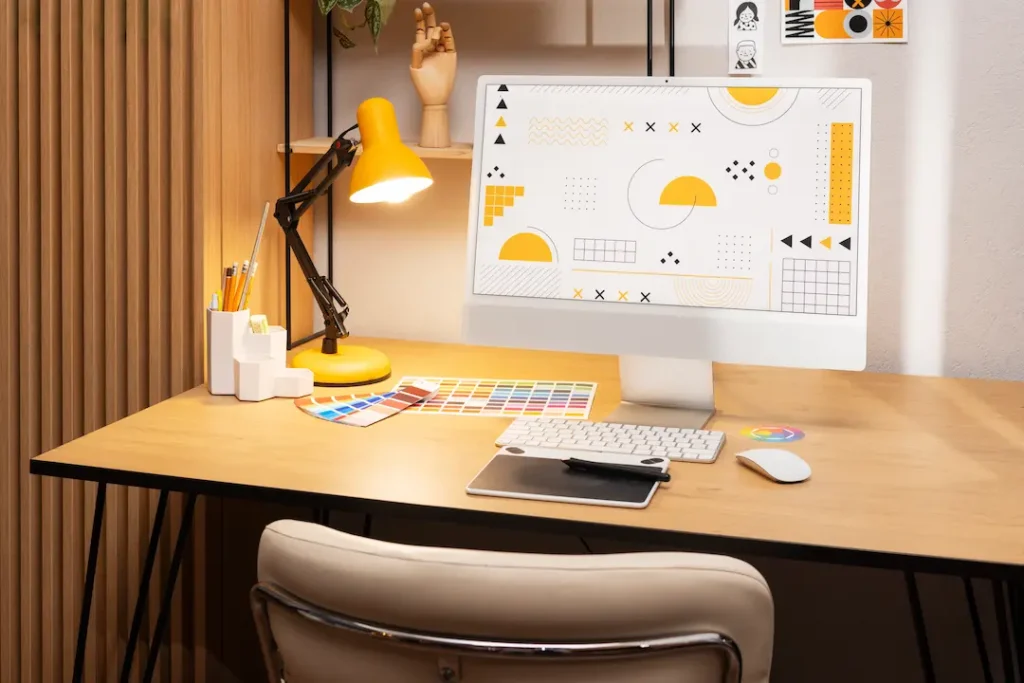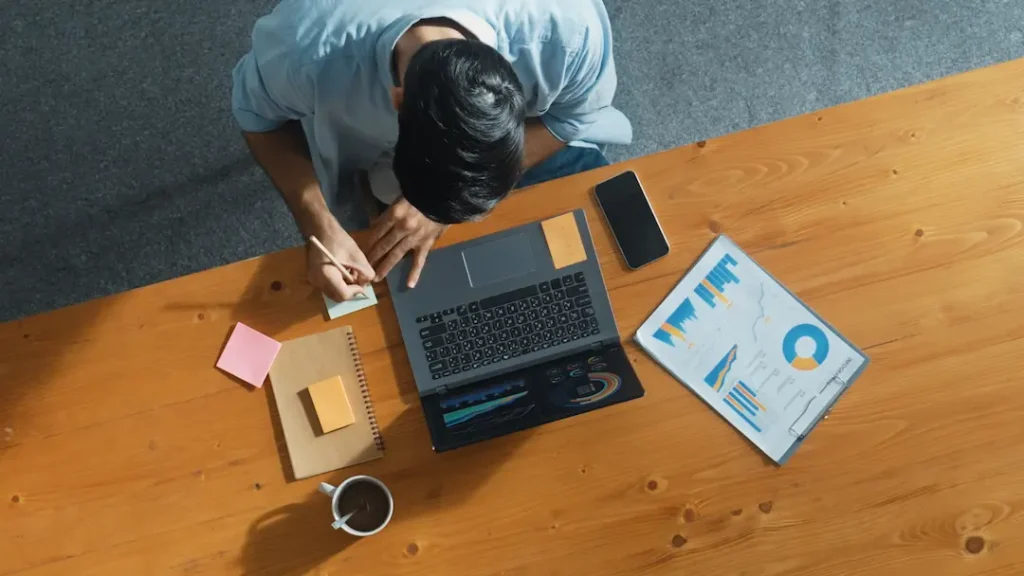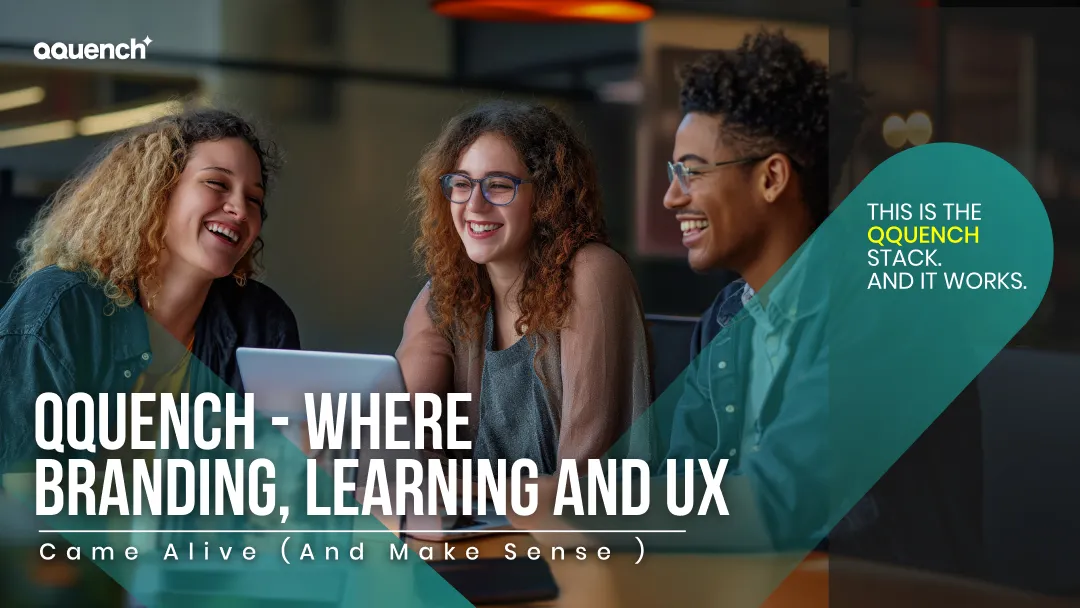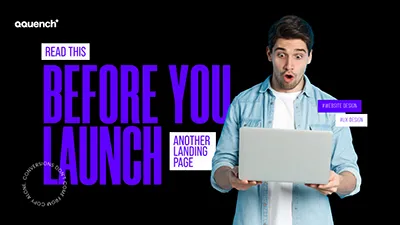
Feelings Before Features — That’s the Qquench Lens
Most websites are designed around:
- Navigation
- Features
- Content blocks
- Aesthetic goals
But users don’t buy because of layout logic.
They buy because they feel something.
So when one of our clients came to us asking for a total redesign, we said:
Let’s stop thinking about screens.
Let’s start thinking about emotions.
And we mapped their entire UX journey — by feeling.
What Is Emotion Mapping in UX?
It’s the practice of plotting a user’s emotional state across every step of their journey.
We ask:
- Where is the user confused?
- Where are they curious?
- Where do they need affirmation?
- Where should we spark excitement?
- Where do we calm them down?
Then we design interactions, content, visuals, and microcopy to guide those emotional beats — like a great movie script.

The Client Brief: “Make Us More Trustworthy”

An online health startup had great products but low conversion.
On paper, the UX was solid:
- Clear menu
- Fast checkout
- Clean design
But users didn’t trust it.
No emotion. No warmth. Just another product shelf.
So we used emotion mapping to rewire the entire site.
The Process: Feel First. Design After.
- Mapped Emotional States
Entry, scroll, hesitation, objection, checkout - Labeled Friction Points
“Feels too clinical,” “I don’t see myself here,” “What happens next?” - Designed Emotional Anchors
Empathy copy, calming colours, assurance triggers, proof moments - Added Micro-Moments
e.g., “We’ve got you 💙” during load, real human testimonial after click hesitation

What Changed?
- Headline rewrites to address fears before pitching features
- Human-focused visuals, not product shots
- Microcopy that spoke with care, not code
- Adjusted scroll pacing to match mental processing
- Clear reassurance before every commitment point
The Unreal Results
- 62% increase in time on site
- 3x more “feels personal” comments in feedback
- Conversion rate doubled — especially among mobile users
- And users thanked them for the experience
Yes — people wrote thank-you notes about a website experience.
Good UX Solves Problems. Great UX Moves People.
When you design for emotion:
- You remove friction
- You build trust
- You leave an imprint
Features matter. But feelings convert.
Let’s Map How Your Users Feel — And Then Make Them Feel Even Better
Qquench combines behavioral design with emotional UX mapping — to build websites that don’t just work. They connect.
Qquench: Because emotion is your strongest UX signal.
#EmotionalUX #UXDesignWithFeeling #WebsiteCaseStudy #EmotionMapping #BuiltByQquench
What’s a website that made you feel something — good or bad? Drop the link or story below.




